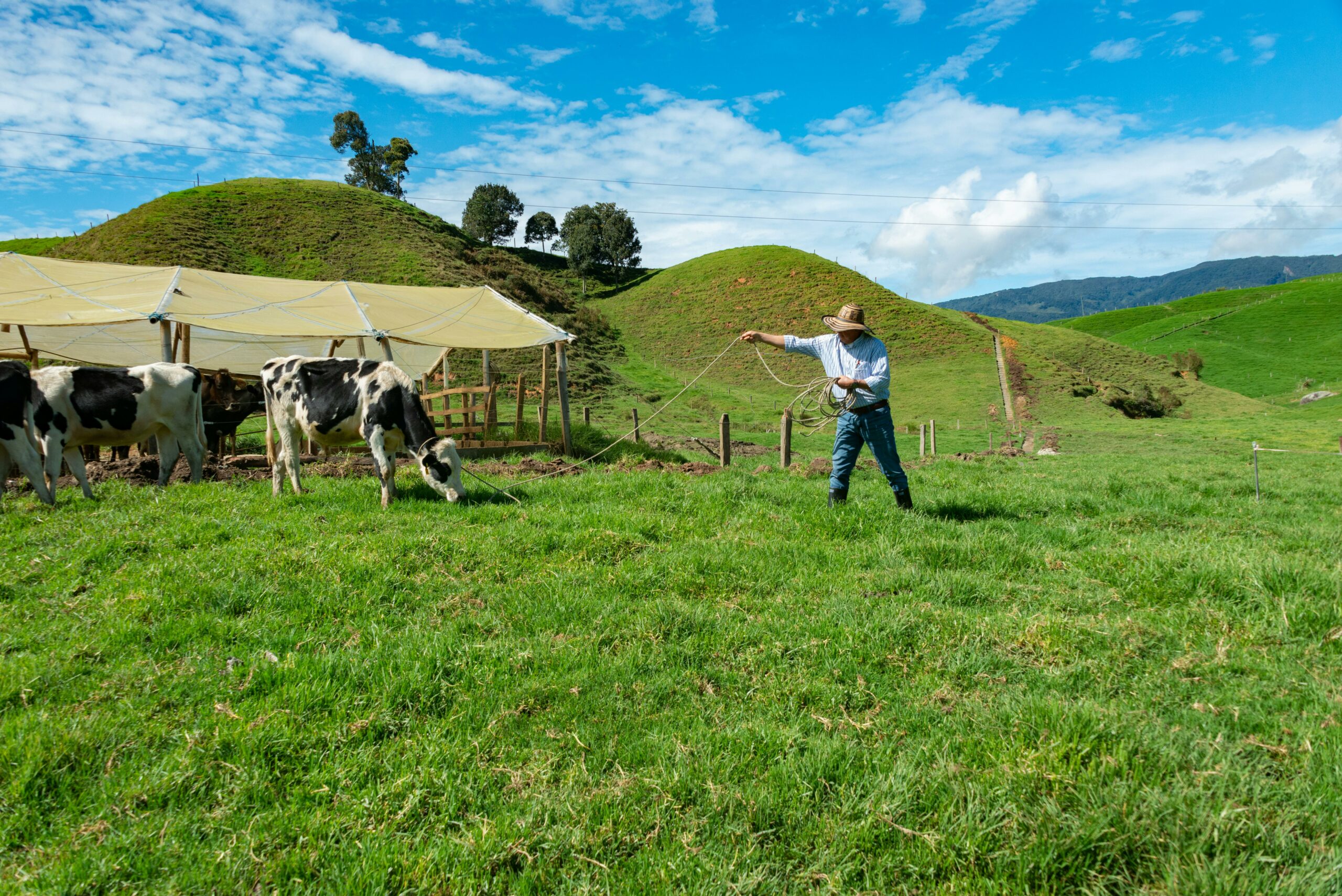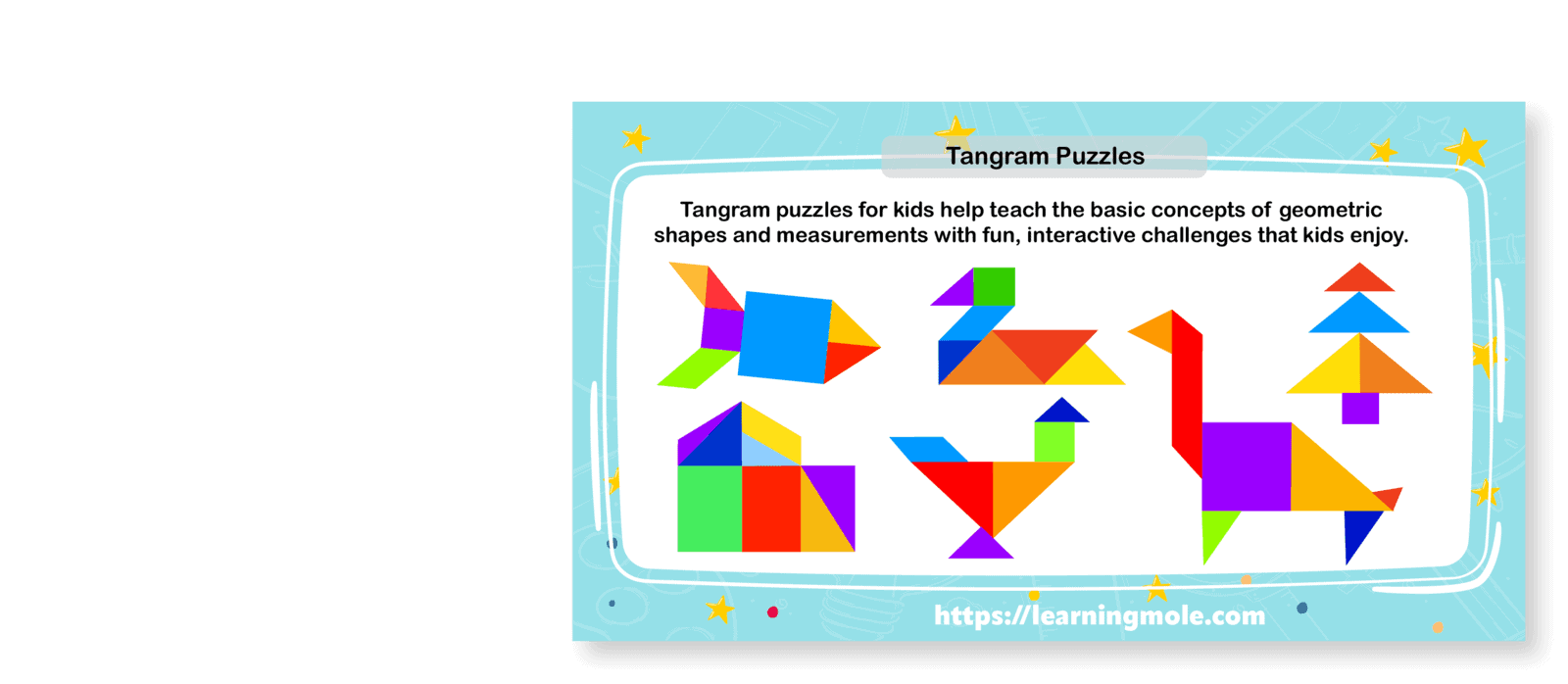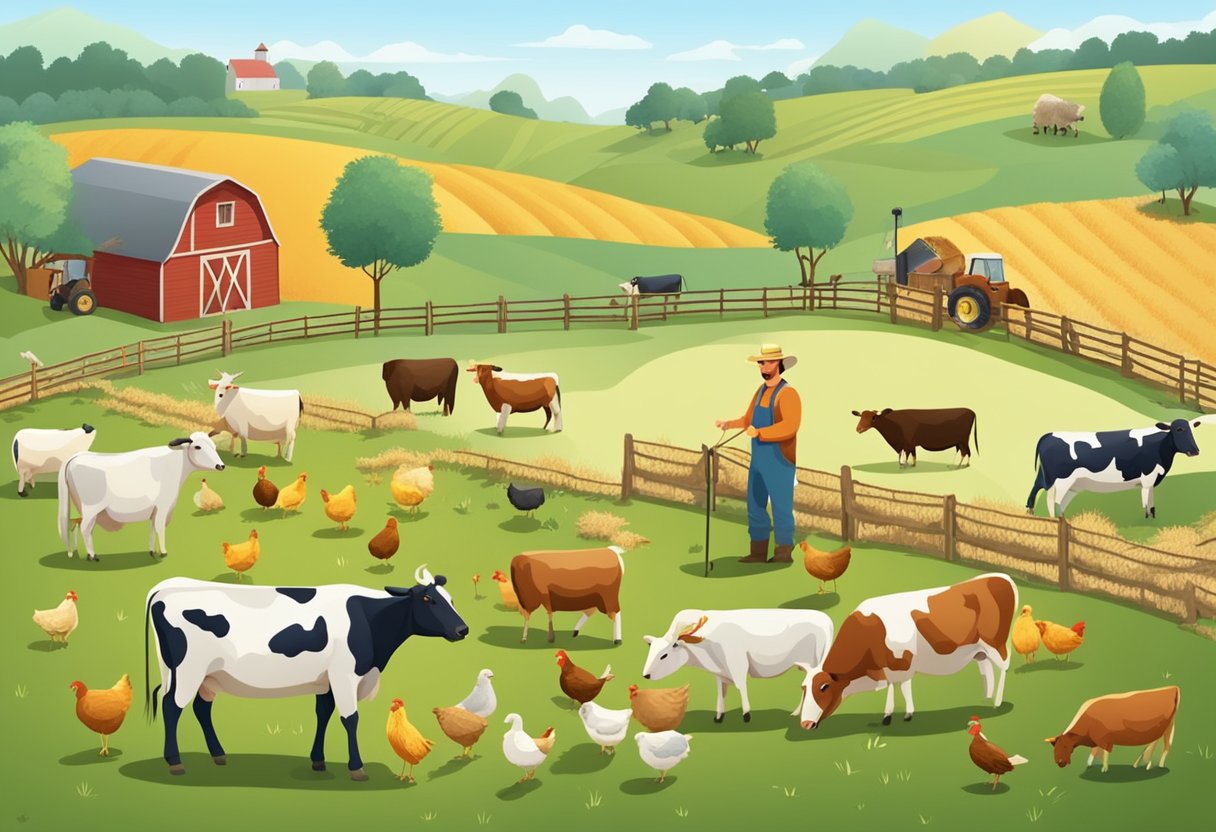
Amazing 11 Colours and Shapes Game for Kids
Table of Contents
Colours and Shapes Game:
Matching Colors and Shapes game for Children – Toddlers and Preschool. A fun animated video that helps children to match different shapes and colors. A fish theme with bright, vibrant colors. An interactive way to teach your child different shapes and colors.
When you look out the window, what do you see? Colors and shapes games, green trees, square windows, a whole world of things to identify! Colors and shapes are a game.
Colours and Shapes games focus on basic tracing, matching, and building skills kindergarten kids need to train. It features a number of unique mini-games.
Colours and shapes games are fun and educational games for preschool children that help teach object matching and color recognition skills.
Shapes and Games for Kindergarteners
Find Shapes games All Around Us. Let’s go to the amusement park today! …
Match Triangles and Squares. Time to put the correct shape in the correct trolley for a fun trip to the amusement park!
Match Rectangles and Circles. …
Match shapes.
How do you make learning colours and Shapes Game fun?
There are so many ways to make learning colours and shapes games fun for kids! Cooking, games, crafts, and art activities can all be used to help kids explore and learn about colours and shapes.
What is the shape and colour game?
Anthony Browne’s Shape Game is a fun activity that children enjoy, but it can also be a valuable creative tool for the classroom. Imaginative drawing games like this one help children to experiment and play, express their ideas visually and develop creative thinking skills.
Identifying and Describing Shapes and Colors Game
1- Play a Shapes Game and colours game where students draw a shape out of a bucket and say its name and its colour and whether it has curved or straight lines.
2- Play “I Spy” where students must find real-world objects that match a specific shape and at the same time its color.
3- Go outside on a nature hunt and see what you can find in each shape and its color.
4- Play with Shape Puzzles. One of my favorite ways to teach Shapes Game and colors to toddlers is to play with shape puzzles.
5- Be Repetitive. …
6- Tracing and Coloring. …
7- Use Shape Sorters. …
8- Cut Shapes with Play DOH…
9- Find shapes and colors Around You. …
10- Use Q-Tips to Build Shapes. …
11- Draw Shapes with different colors and Sidewalk Chalk.
Tips for Learning Colors and Shapes
Use What You Have. You don’t need to invest a lot of time and money into special toys and educational materials.
Build Upon Basic Concepts. Start out with very basic ideas first.
Demonstrate Shapes. Show your child rather than simply telling her.
Play With Shapes and Colors every day.
- Focus on one colour at a time with different shapes.
- Sort shapes by different colours.
- Play with colour learning toys.
- Break out those art supplies for shapes and colours!
- Point out colours that you see!
- Read colour and shapes learning books.
Shapes and colours are an important part of early childhood education. When your child strives to identify and separate blue blocks from yellow ones, she’s learning more than curves, corners, and colours. She’s making new sense of the world and developing the ability to communicate it to you.
So at what age should your child learn shapes and colors?
Colours
Although, as a parent, you should introduce colours and shapes whenever it comes up naturally all through infancy, the rule of thumb is that 18 months is the acceptable age when children can developmentally grasp the idea of colors. Some may learn earlier, others not until they reach early preschool age, and children with vision impairments (like color blindness) may need extra help. In all cases, the concepts should be reinforced straight through to kindergarten.
Fortunately, the world is full of color, so you don’t need any special materials to reinforce the concept. Just by pointing out red apples, green leaves, blue sky, and yellow flowers, you’re demonstrating the idea of naming and describing objects. Sorting and grouping similarly-colored objects, such as a yellow rubber duck with a banana, or an orange with a carrot, can also help separate the name of the object from the color description in your child’s mind.
Shapes
Naming shapes is a skill that takes a little longer to develop. Most children reach about two years of age before they can grasp the concept. Like all developmental stages, this mark is fluid. Generally, by three years of age, a child should be able to identify some basic shapes.
Start by teaching your child a few common shapes, such as squares, circles, and triangles. A slice of bologna or banana is a circle, a slice of cheese is a square, the television is a rectangle. Once mastered, you can move on to trickier shapes like stars, diamonds, and even octagonal stop signs. Like colors, shapes fill our world, offering up examples to make teaching organic.
Beyond Shapes And Colors
It’s a simple truth that learning shapes and colors is fundamental for more advanced learning. What makes objects the same and different is a basis of logic. Pattern recognition, a strong foundation for mathematical concepts, requires the ability to quickly recognize shapes. Being able to trace or draw shapes is a skill that must be mastered in order to write letters and numbers.
There’s nothing like the sight of a child lighting up as she learns a new concept. Every child is born with the curiosity and skills to master the basics, but you can help them along by providing a rich environment and loving play.
Among the first skills that young children need to master the shapes and colors. In different activities, kids recognize the shapes that are showing the correct color. the more points they will earn. As children have success, more and more colors are presented in different shapes.
Setting Up the Matching Game: Fun with Colors and Shapes!
Matching games are a delightful way for children to learn about and recognize colors and shapes. Here’s a guide to setting up your own game at home, along with ways to customize it for different ages and skill levels.
Materials:
Matching Pairs:
Color cards: You can use commercially available color cards, construction paper cut into squares and colored, or paint swatches. Aim for at least 10-12 unique colors for a basic game.
Shape cutouts: Cut out various shapes from construction paper, felt, or cardboard. Common shapes include circles, squares, triangles, rectangles, stars, and hearts. Ensure you have an equal number of each shape.
Additional Materials:
Scissors (if making your own materials)
Markers, crayons, or paint (if making your own materials)
Baskets, bowls, or containers (optional, for sorting)
Creating Your Own Game Materials:
Cost-effective and Customizable: Get creative and use materials readily available at home. Cardboard boxes, bottle caps, buttons, or even leaves (different colors and shapes) can be used as matching pairs.
Upcycling Fun: Reuse cereal boxes by cutting them into squares and decorating them with different colors and shapes.
Engaging Illustrations: For younger children, you can draw simple pictures on the matching pairs, like a yellow sun for a yellow card or a square house for a square cutout.
Adding Challenges as Kids Progress:
Increase Number of Matching Pairs: As children become familiar with the basic game, gradually increase the number of color cards and shape cutouts for more pairs to match.
Memory Challenge: Flip the cards or shape cutouts face down and ask children to memorize their locations. Take turns flipping two cards/cutouts at a time, trying to find matches by remembering their positions.
Sorting and Categorizing: Introduce additional containers or baskets and ask children to sort the colors and shapes into separate categories. This promotes color and shape recognition and classification skills.
Timed Matching: For older children, introduce a timer and challenge them to find all the matching pairs within a set time limit. This adds an element of competition and encourages faster visual processing skills.
Basic Color Matching Activities: A Rainbow of Learning Fun!
Learning about colors is an essential part of a child’s development, laying the foundation for visual recognition, cognitive development, and future reading skills. Here are some basic color matching activities to get your child started on this colorful journey:
1. Sorting Spree:
Materials: Various colorful objects (toys, buttons, blocks, construction paper squares, etc.) and containers (baskets, bowls, boxes).
Instructions:
Gather a variety of colorful objects and place them in a central location.
Provide empty containers labeled with different colors (e.g., “red,” “yellow,” “blue”).
Guide your child to sort the objects into their respective colored containers.
Encourage them to name the colors as they sort.
Variations:
For younger children, start with just two or three colors.
Once comfortable with sorting single colors, mix the objects and have them sort based on multiple colors.
Use tongs or spoons to add an element of fine motor coordination practice.
2. Memory Match:
Materials: Color cards (commercially available or homemade with construction paper). Ensure there are two cards of each color.
Instructions:
Shuffle the color cards and place them face down on a flat surface.
Take turns flipping over two cards at a time.
If the cards reveal the same color, the player keeps the pair and takes another turn. If not, the cards are flipped back down, and the next player takes a turn.
The game continues until all the matching pairs are found. The player with the most matching pairs wins.
Variations:
Start with just four or six cards for younger children and gradually increase the number as they become familiar with the game.
Play a cooperative version where you work together to find the matching pairs instead of competing.
Hide the cards around the room and have them search for them, adding an element of physical activity.
3. “I Spy” with Colorful Eyes:
Materials: None required, just your surroundings!
Instructions:
Take turns saying “I spy with my little eye something…” followed by the color of an object in the room.
The other player(s) have to guess the object based on the color clue and point to it when they think they have found it.
The first person to guess the object correctly can then take their turn giving the next clue.
Variations:
Once the object is found, ask the child to name other objects in the room that share the same color.
Play in different locations, exploring colors in your house, playground, or during a nature walk.
For older children, add additional details to the clue, such as “I spy with my little eye something red and round…” (e.g., an apple).
Basic Shape Matching Activities: A World of Shapes Awaits!
Learning about shapes is an essential part of a child’s development, fostering spatial awareness, problem-solving skills, and forming the foundation for future reading and writing abilities. Here are some basic shape matching activities to introduce your child to the wonderful world of shapes:
1. Puzzle Play:
Materials: Commercially available shape puzzles or homemade puzzles (draw simple shapes on cardboard and cut them into pieces).
Instructions:
Choose a shape puzzle suitable for your child’s age and ability level.
Encourage them to explore the pieces and identify the shapes they see.
Guide them in placing the pieces together to complete the puzzle.
Variations:
Start with simpler puzzles with just a few pieces and gradually progress to more complex puzzles as their skills develop.
Create your own puzzles by drawing shapes on cardboard and cutting them into different configurations.
Use cookie cutters to create edible “puzzles” from dough or fruits, adding a fun and sensory element.
2. Tracing and Outlining:
Materials: Construction paper, markers, crayons, scissors (optional), stencils (optional), different 2D and 3D shapes (optional).
Instructions:
Provide your child with construction paper and drawing materials.
Show them different 2D shapes (e.g., circles, squares, triangles) and guide them in tracing the shapes onto the paper.
For older children, introduce 3D shapes and encourage them to trace the outlines of the shapes while holding them against the paper.
You can also use stencils with various shapes for tracing or cut out shapes from construction paper for them to outline.
Variations:
Encourage them to decorate their tracings with colors, patterns, or stickers.
Cut out the traced shapes and use them to create collages or play matching games.
Ask them to find objects in the environment that resemble different shapes, encouraging observation and real-world connection.
3. Shape Scavenger Hunt:
Materials: None required, just your surroundings!
Instructions:
Go on a “shape hunt” around your house, classroom, or even during a nature walk.
Challenge your child to find objects that resemble different shapes in their surroundings.
For younger children, start with simple shapes like circles (sun, wheels) and squares (windows, doors).
As they become familiar with more shapes, encourage them to find more complex shapes like triangles (rooftops, slices of pie) or rectangles (tables, books).
Variations:
Once they find an object, ask them to describe the shape and its properties (e.g., number of sides, corners).
Take turns giving clues about the shape and location of the object, adding an element of guessing and exploration.
Create a scavenger hunt list with specific shapes to find, making it more challenging and engaging for older children.
Advanced Color and Shape Matching: Building Upon the Foundation
As your child’s understanding of colors and shapes strengthens, you can introduce more challenging activities that combine color and shape recognition, develop pattern recognition skills, and provide engaging ways to practice these concepts.
1. Combining Colors and Shapes:
- “I Spy” with Specifics: Play “I Spy” with a twist! Instead of just focusing on colors, add the element of shapes. For example, say “I spy with my little eye something blue and square” (e.g., a book cover).
- Treasure Hunt: Hide objects around the room with specific color and shape combinations. Create a list of clues like “Find the red circle” or “Look for something yellow and triangular.”
- Sorting with a Twist: Sort objects by both color and shape. You can use containers labeled with a specific color and shape combination (e.g., “red square,” “yellow triangle”).
2. Patterns and Sequencing:
- Color/Shape Trains: Create trains using blocks, construction paper, or other materials. Alternate colors and shapes to form a pattern (e.g., red square, blue circle, red square, blue circle). Encourage your child to extend the pattern by adding more elements.
- Beading Patterns: String beads with alternating colors or shapes to create bracelets, necklaces, or keychains. This activity helps develop fine motor skills alongside color and shape recognition.
- Matching Games with Patterns: Create your own matching game cards by drawing alternating color and shape patterns. Print them out, cut them into squares, and have your child find matching pairs based on the pattern sequence.
3. Printable Resources:
- Color/Shape Bingo: Create or download printable bingo cards with squares containing different color and shape combinations. Call out combinations like “green triangle” or “yellow circle,” and have players mark the matching squares until someone gets a bingo.
- Matching Worksheets: Utilize worksheets with various shapes and colors. Some tasks can involve drawing lines to match shapes of the same color or coloring shapes based on a color code.
- Online Resources: Explore educational websites and apps that offer interactive games and activities focusing on color and shape recognition, often incorporating matching and pattern-based challenges.
Remember:
- Start with simpler concepts and gradually increase the complexity. As your child gets comfortable with combining colors and shapes, introduce more intricate patterns and sequences.
- Make it visually appealing. Use brightly colored materials, engaging illustrations, and clear instructions to keep your child interested and motivated.
- Focus on the learning journey. Celebrate your child’s efforts and encourage them to experiment with different combinations and patterns, fostering their creativity and problem-solving skills.
FAQ (Frequently Asked Questions)
Q: My child seems frustrated with the matching games. What can I do?
A: It’s important to adapt the difficulty level to your child’s abilities. Start with simpler games and gradually increase complexity as they progress. If frustration persists, take a break and try a different activity. Remember, the focus should be on enjoyment and learning, not competition or perfection.
Q: How often should I play these matching games with my child?
A: There’s no set frequency. Short, engaging sessions are often more effective than long, forced activities. Aim for quality time filled with interaction and exploration, following your child’s cues and adjusting playtime accordingly.
Q: Are there other resources available for learning about colors and shapes?
A: Absolutely! Explore educational websites, apps, and children’s music channels that offer engaging activities and songs related to colors and shapes. Additionally, visit your local library for a wide selection of children’s books featuring colors and shapes that can further reinforce learning through storytelling.
Conclusion
Learning about colors and shapes is a fundamental step in a child’s development, opening doors to creativity, problem-solving, and future academic success. By incorporating the various activities, tips, and adaptations included in this article, you can transform playtime into a fun and engaging learning experience for your child. Remember, the most important element is to create a positive and supportive environment where your child feels encouraged to explore, learn, and discover the fascinating world of colors and shapes!
Explore the previous examples and facts, and you will find yourself getting the necessary knowledge and information to fully grasp the concept of Shapes and colors. So, keep on visiting our Learning Mole to get more knowledge and information.



Leave a Reply